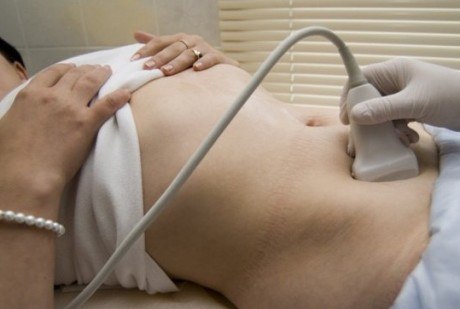General description of the bladder
The bladder is a hollow muscular organ that is located in the small pelvis. It collects and stores urine coming into it from the kidneys, and when it is completely filled, it removes it through the urethra. At the same time, steady urges are felt, represented by a reflex process. As a result of the withdrawal of urine (urine), the bladder is completely emptied. The desire to urinate makes the muscles work. system ( muscles contract) and also relaxes the sphincter. A person cannot influence or control all these processes. However, it is able to retain urine, even in cases of fairly stable urges. The sphincter is located next to the bladder, it works thanks to the muscles of the perineum. In the human brain there is a center that regulates urination , so the activity of these muscles is directly related to it. When these centers are fully formed in the nervous system, a person begins to regulate the processes of urine output. . However, small (newborn) children have not yet formed such centers that explains inability to control regulation and urine comes out and first call. Since the basis of the bladder is to accumulate and store urine, its walls tend to stretch. Wall thickness 2-3 mm with strong tension. In the state of organ emptiness, their thickness is about 13 mm.
Urination pattern
Normal condition
Usually, an organ can hold about one liter of liquid in itself with a sufficiently strong stretching of the walls; in its normal state, it holds about 0.5 liters. The person experiences the need to urinate frequently with a volume of 0.2 liters . In women, due to the fact that a number of other genital organs are located in the small pelvis, the bladder is characterized by a smaller size than in men. The norm for women ranges from 0.2 to 0.5 liters, which is almost insignificant for men, their norm can reach 0.7 liters. However, it should be noted that the stretching of the walls is individual for each, which means that there is a possibility of a slight deviation from the norm.
Bladder in children
 Daily Value Table
Daily Value Table In children, the bladder is slightly higher than in adults. . This is due to the fact that it is in contact with the small and sigmoid colon, and not with the rectum. In the process of growing up a child, the organ gradually descends to the bottom, to the pelvic area, approaching the wall of the rectum. It is felt above the pubis. If a pathology is suspected, an ultrasound scan should be performed. The mucous membrane of the bladder is already well developed, but the formation of muscle elasticity, on the contrary, is not good enough. The walls of the bladder are quite thick, but they decrease with age.
Therefore, the norm for a newborn is the volume from 0.02 liters to 0.04 liters. For children aged 2-5 years, the bubble holds 0.05 liters, from 5 years and more - 0.1 liters, and from 10 years old the norm is 0.1-0.2 liters.
Why is the size changing?
Sometimes there are problems with the size of the bladder . Serious illnesses, emotional illnesses, all this affects the functions and condition of the body. If a person has a need to urinate frequently, this may indicate a problem with bladder capacity (its decrease). Most often, a person begins to feel the urge even before the capacity of the organ is completely filled. In such cases, special exercises are prescribed to gradually increase the volume. . For example, a person deliberately interrupts and resumes the process of releasing urine. Thanks to this exercise, a person will regain control over urination and no more such problems will arise. Such exercises are also used to help children learn to hold urine at night. There is another method, which is to drink plenty of water and consciously delay urination as much as possible. However, all bladder enlargement exercises should be prescribed by specialists. In cases of organ reduction, hydrodilation, myomectomy or cystectomy is prescribed. When magnified, a catheter is inserted to normalize urine output. Prescribe medication and physiotherapy.
Ultrasound needed

In order to accurately and correctly determine what volume your urinary bubble, an ultrasound examination (ultrasound) is required. And then, thanks to special formulas, calculate everything you need . One of the fastest ways to calculate volume on ultrasound is 0.75 times width, length and height of the organ . This formula is quite accurate, as it has a relationship with the volume of urine, determined by catheterization. If an increase in the bladder was detected during the ultrasound, this means that there are problems with the urinary system. There are other simple formulas for calculating capacity. For example, where the bladder is taken as a cylinder or an ellipse. Such ultrasound techniques are used to determine urinary retention or to determine the volume of urine remaining in the bladder when diseases are recognized in it. Comparing these results with the results of catheterization, we come to almost complete agreement. In other matters, ultrasound machines can themselves calculate the capacity of an organ, but they are not considered accurate enough. Therefore, it is recommended to carry out calculations manually. A few more formulas that apply to adult men and women: the age of the person. - the mass of a person, however, taking into account the fact that he is not overweight. For children, the formula applies: the average surface of the child himself.




